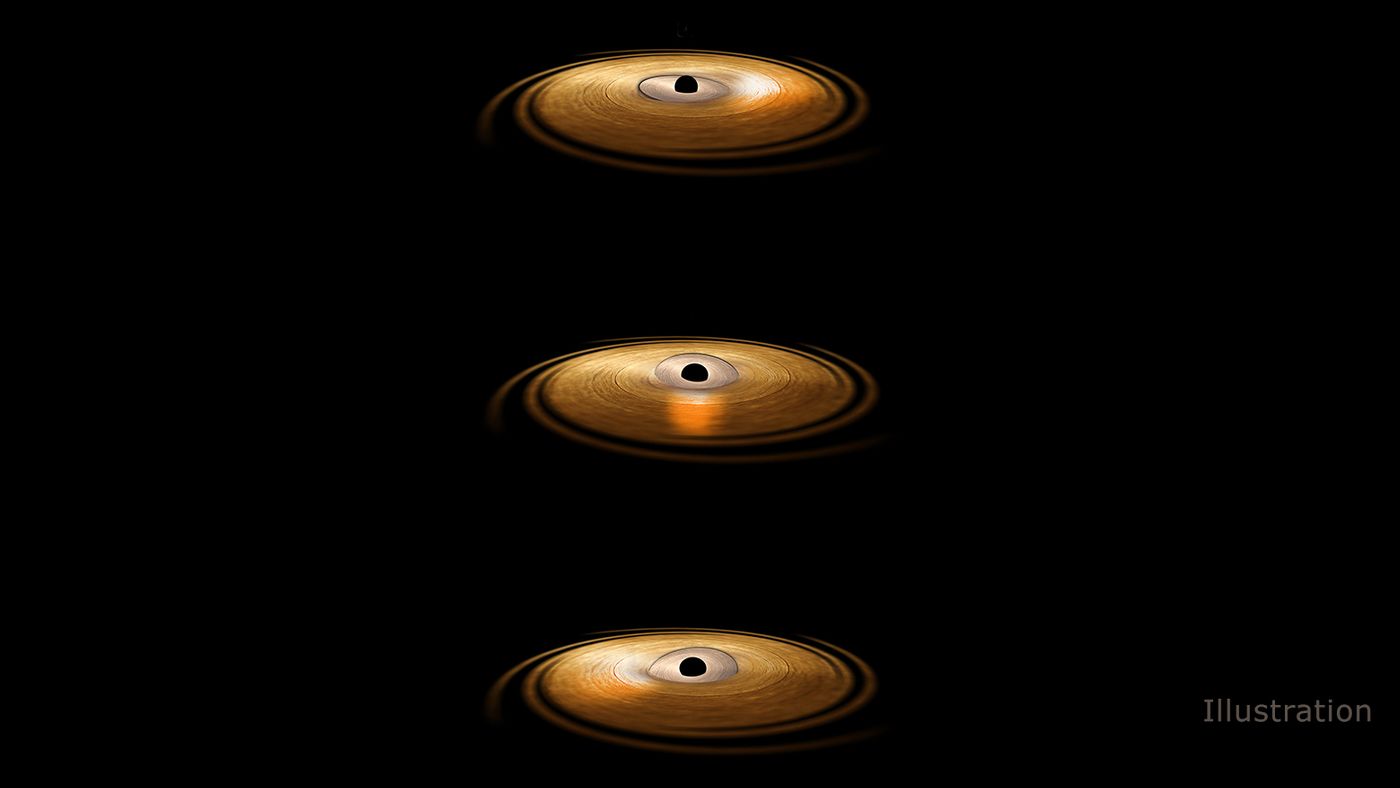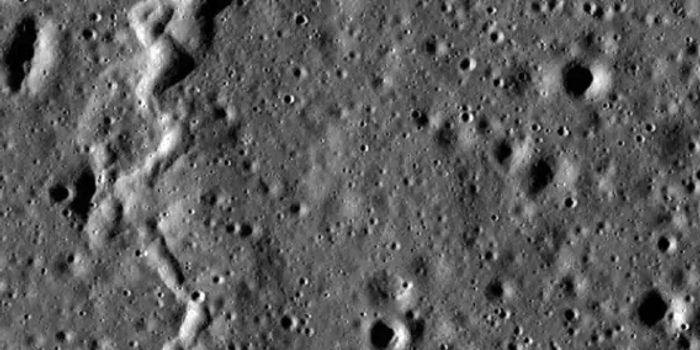Black Hole Observed Exhibiting 'Wobble' From Gravitational Vortex
Black holes are a gray area in physics that we’re just barely beginning to understand. They are difficult to observe because they’re nearly invisible, and the only way we can seem to spot them is when they’ve actively pulling in brighter matter, which isn’t all the time.
Because there aren’t really any black holes nearby, we have to look far off into the distance to observe black holes, and unfortunately, this means we get low-resolution images and not a lot to go off of because modern space observing equipment can’t grab crystal clear photographs of distant black holes in the void of black space like your smartphone can of your face on a bright sunny day.
Nevertheless, the things we can learn from the many forms of observing black holes shouldn’t dis-credited. By using the European Space Agency's orbiting XMM-Newton X-ray observatory and data from NASA, astronomers have successfully proven the existence of what they’re calling a “gravitational vortex” around a black hole, which appears to be causing an odd wobble and challenging Albert Einstein's theory of general relativity.

Image Credit: ESA/ATG medialab
Among those astronomers is Adam Ingram, the lead author of a study that has appeared in the Monthly Notices of the Royal Astronomical Society.
Surrounding active black holes is something called an accretion disc, which is a disc of matter that a black hole accumulates over time as it sucks-in nearby matter. Because it’s spinning around a large source of gravity, it heats up, and it can reach millions of degrees before it actually enters the black hole for good.
The heat comes from the high amounts of fiction generated by the gravitational forces that are put off by the massive spinning black hole, which are basically dragging space time along with it. The matter closer to the black hole spins faster than the matter further away, and this is what causes all the friction.
"It was immediately recognized to be something fascinating because it is coming from something very close to a black hole," said Adam Ingram of the University of Amsterdam. "It is a bit like twisting a spoon in honey. Imagine that the honey is space and anything embedded in the honey will be 'dragged' around by the twisting spoon. In reality, this means that anything orbiting a spinning object will have its motion affected."
As matter is devoured by black holes, they put off X-rays, which are observed with X-ray observatories here on Earth. Many of those observations, which have been performed over three decades, show evidence of flickering in the X-rays, something which has been dubbed Quasi Periodic Oscillation (QPO).
Ingram and his colleagues observed a black hole known as H 1743-322, which was exhibiting the effects of a QPO. They used not only the XMM Newton, but also NASA’s NuSTAR X-ray observatory.
One thing that has always stumped astronomers is why this happens, and a group of international astronomical researchers say that a gravitational vortex may be to blame.
As the QPO process occurs, the matter at the very inner portion of the accretion disc heats up and expands. In some cases, it appears to “wobble” from the physics that are being generated at those temperatures and gravitational forces.
The glowing that occurs in the accretion disc can be explained by radiation that is being put off by the inner layers of the disc and striking the outer layers.
Ingram and his colleagues observed the activity up close, observing what’s known as ‘lens-thirring.’
Ingram also notes that these up-close observations will allow scientists will directly test Albert Einstein’s theory of general relativity in the future in high-gravity situations like those of black holes, which have the ability to bend and twist space time.
"If you can get to the bottom of the astrophysics, then you can really test the general relativity," says Ingram.
Source: ESA, NASA








